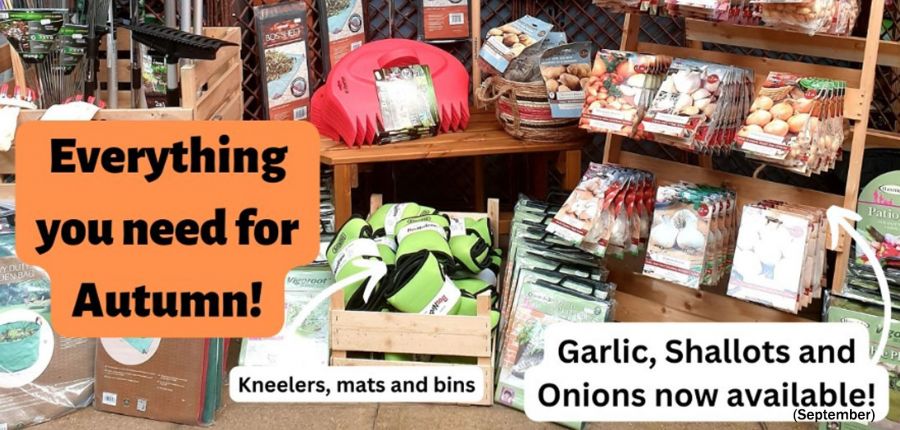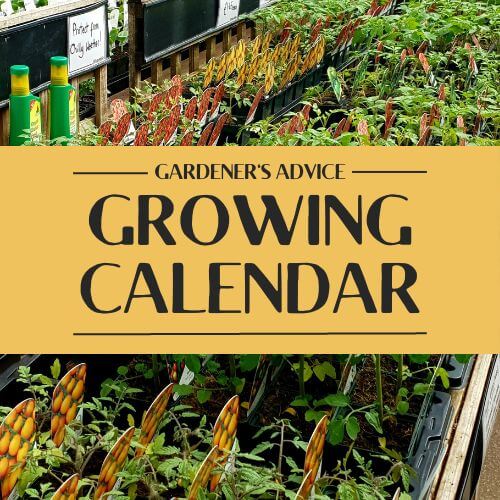Looking back - planning ahead on your allotment
Posted By: rocket veg Category: Growing Veg, Seasonal AdviceWith most of your vegetable crops picked and the promise of the early autumn harvest yet to come, now is the perfect time to take stock of things – looking back at your successes and disappointments (always of few of the latter, even for the most experienced of gardeners) and begin to make plans for the coming year. Thanks to some truly splendid summer weather, it has been a great year with lots to celebrate.
Allotmenting is a sociable activity if you want it to be, and sharing information about ‘what works’ is a great way of building up a bank of knowledge about all things allotments. Gone are the days when allotment gardeners fiercely guarded the secrets of their successes and were very reluctant to pass on any tips which would help newcomers. ‘Oh – you’ve planted it like that, have you?’ was the most helpful comment that I received when I had my first allotment many years ago and would have been only too grateful for advice.
Time to take stock: keeping allotment records
It really pays to keep a record of both what and when you sow and something about the crop yield. There are, of course, numerous ways of doing this, from a few scribbled notes tucked away in your shed to a comprehensive database on the computer. There are many books aimed at vegetable gardeners, but if you buy the kind which has space for record keeping, you’ll be amazed how quickly you fill it. A simple daily record consisting of a few short notes about what I’ve done each time I visit my allotment, typed on my laptop, works best for me. I find it very helpful reminder of what I’ve done on my precious plot and it’s always interesting to look back and see what was going on, including extremes of weather conditions and other notable events.
What lies ahead: making plans
For me, the allotment year really gets underway in early autumn when crops which will develop over the winter months are started off. I always sow broad beans (‘Aquadulce Claudia’) and onion sets (‘Senshu’ and ‘Red Electric’) in October, garlic (try 'Solent Wight') a bit later, but before I reach this point, I’ll have some idea of the intended layout of my plot for the following year, wherever possible, ensuring that I follow a system of crop rotation. It’s surprisingly easy to forget where you grew things the previous year – so again, a simple diagram of your plot will be a real boon when it comes to planning. Crop rotation is very important, especially where growing space is limited, to avoid the risk of disease and pests which lurk in the soil and which may affect certain species of vegetable; also, to help the soil retain a balance of nutrients to help plants prosper.
Learn from others – pinch good ideas!
Don’t be afraid to ask fellow allotmenteers what has worked well for them, in particular, the specific varieties of seed they grew, and you will find that people will be delighted if you follow their advice and grow what they did, unless of course your crop is better than theirs! Part of the fun of having an allotment is picking up ideas from others – especially when it comes to constructing simple structures which will help seeds to germinate, plants to flourish, as well as keeping pests away.
Be prepared
With luck we’ll have some warm sun over the coming weeks so take advantage of any dry days and prepare the ground before winter sets in. I am a great believer in covering bare soil when not in use, partly to protect its structure and prevent vital nutrients being washed away, but mainly in readiness for the burst of sowing and planting when spring comes. Densely woven black mesh fits the bill and if you’ve removed the weeds and added a good top dressing of compost or well-rotted manure before covering, all you will need to do when the time comes is to roll the covering back and off you go!







